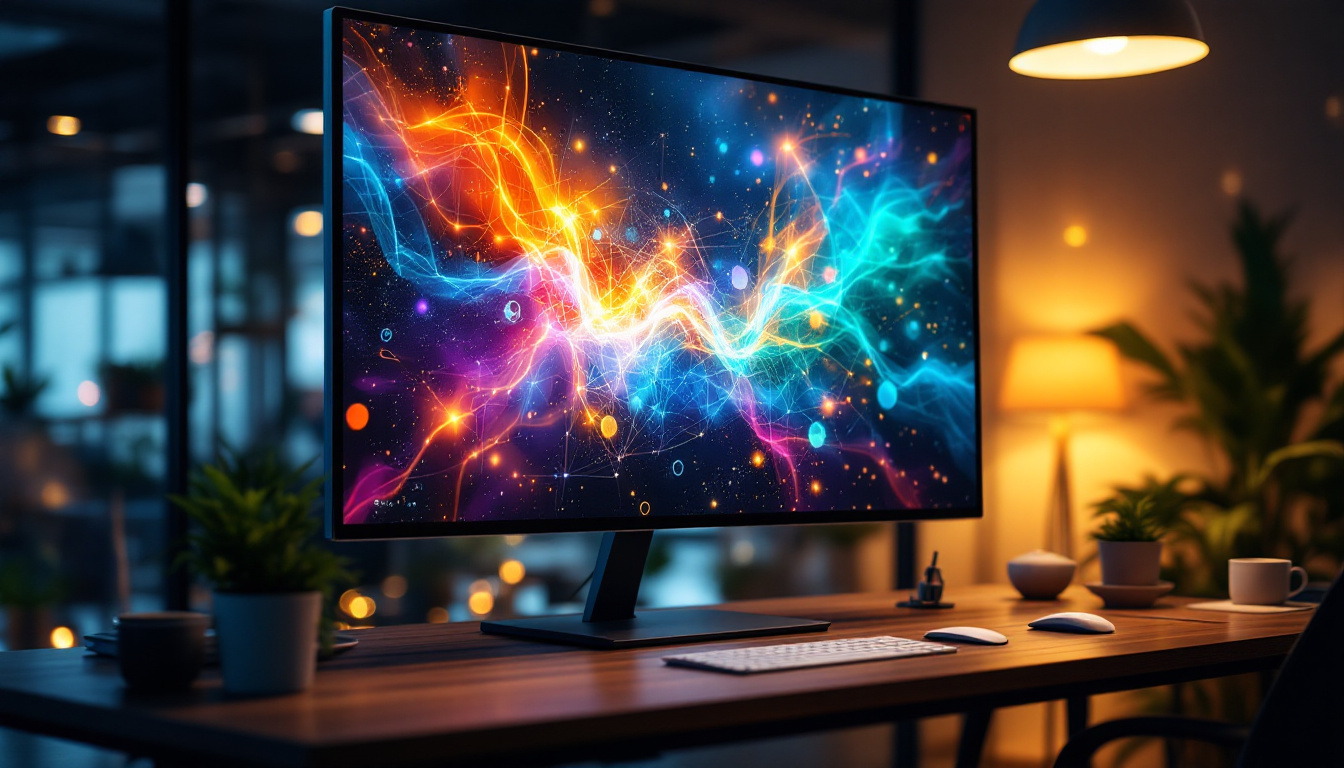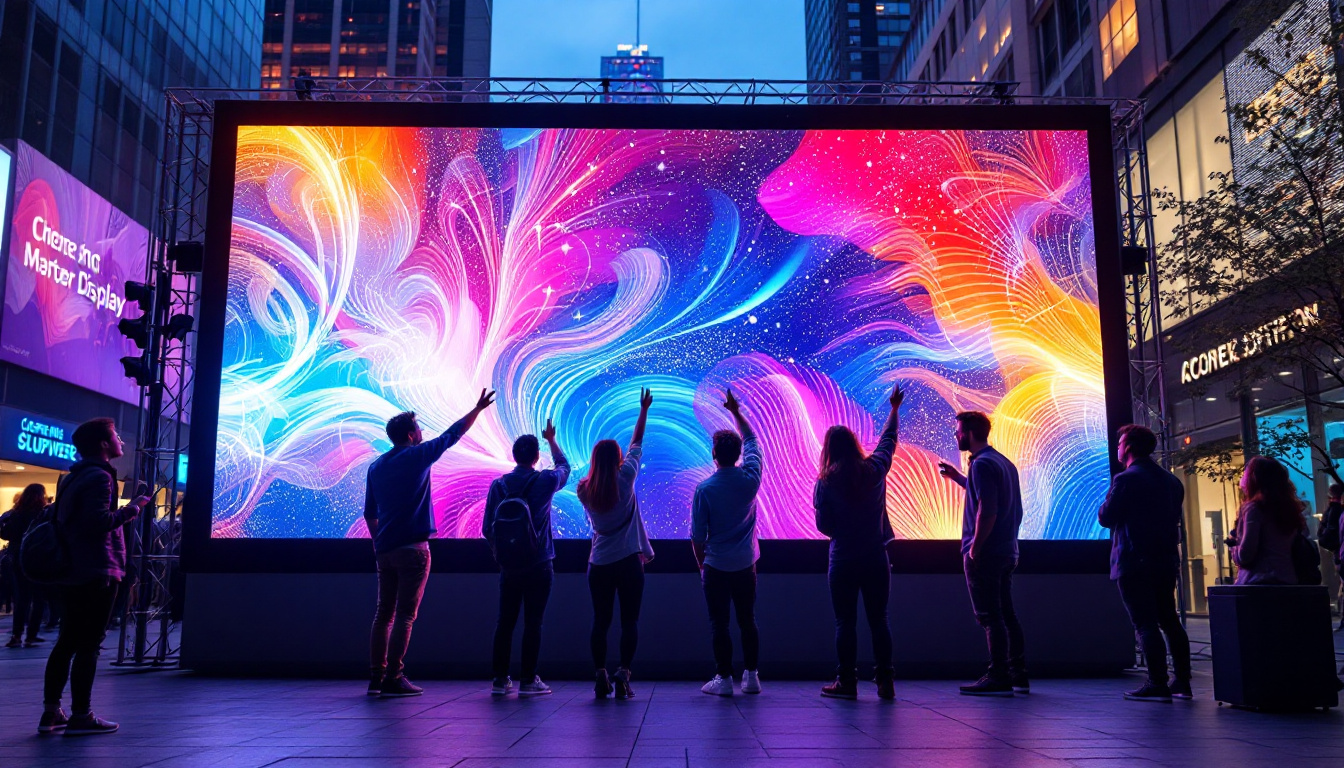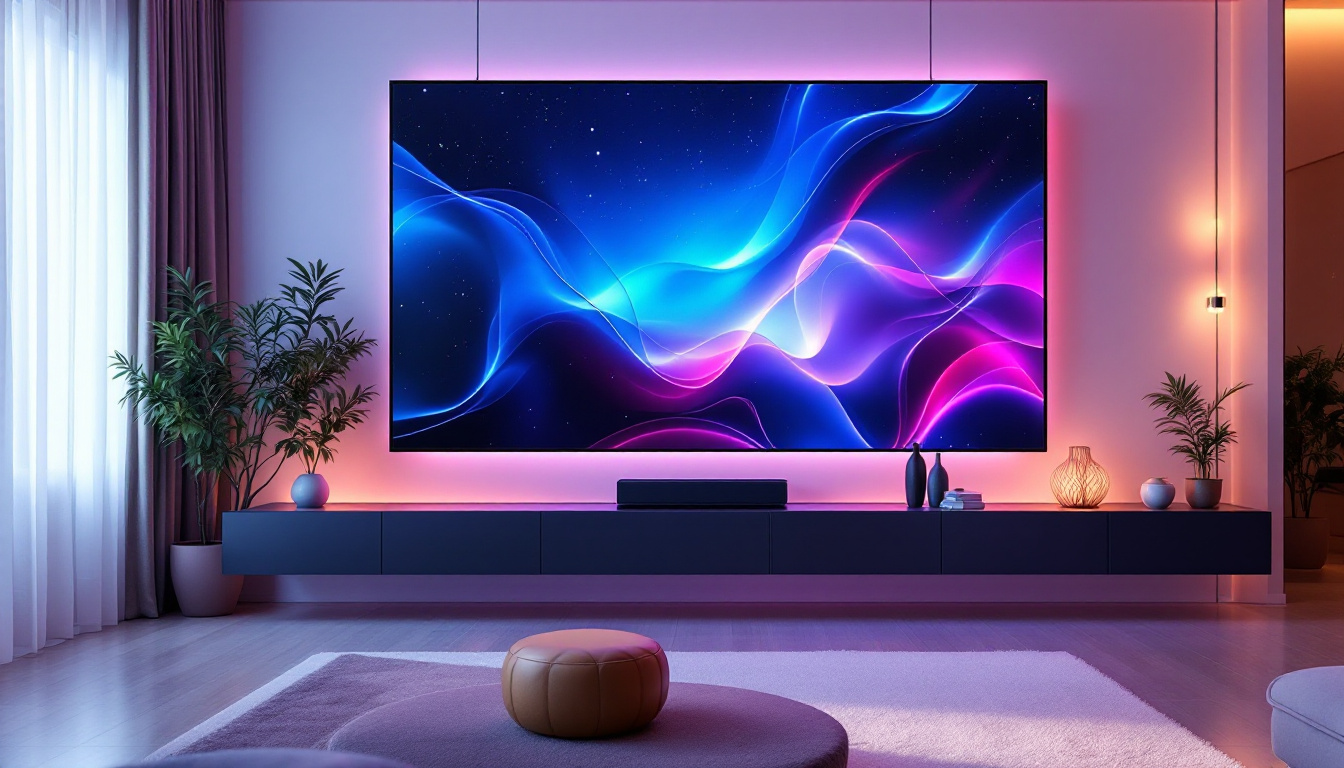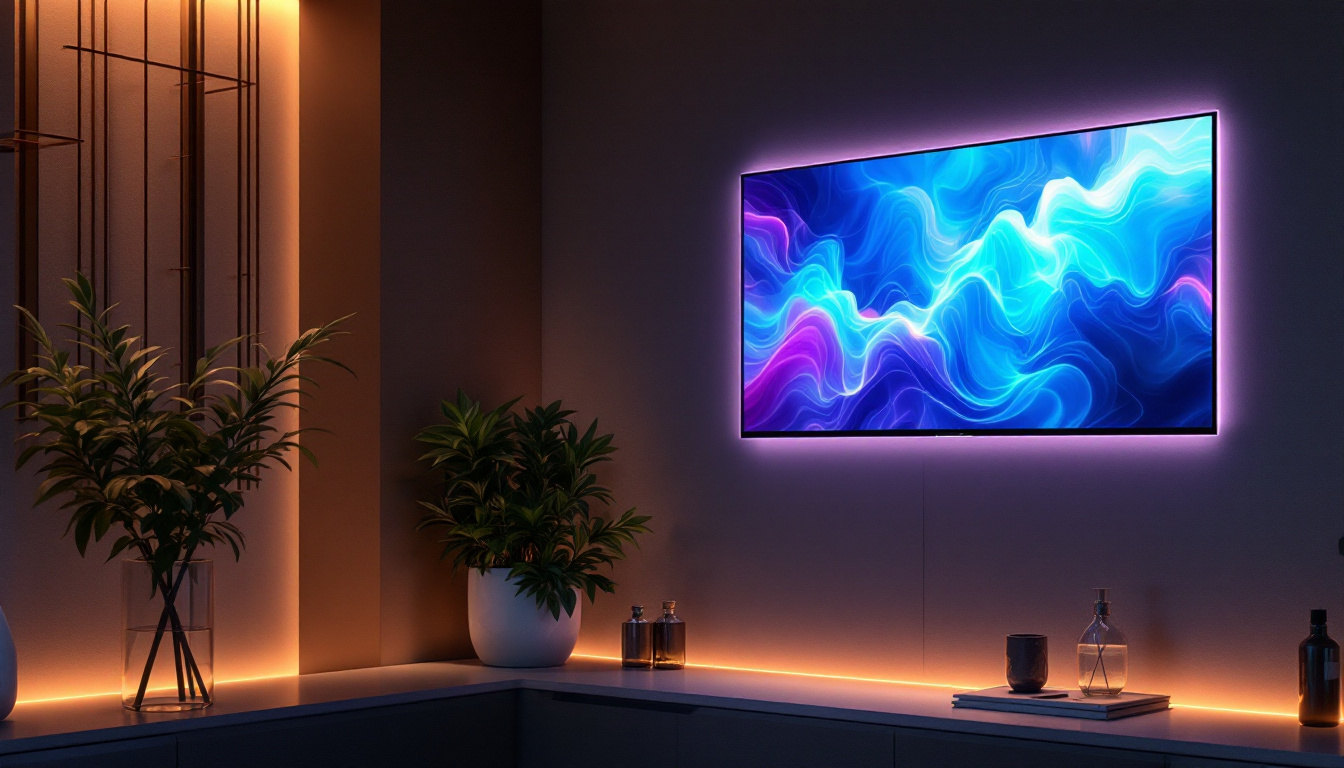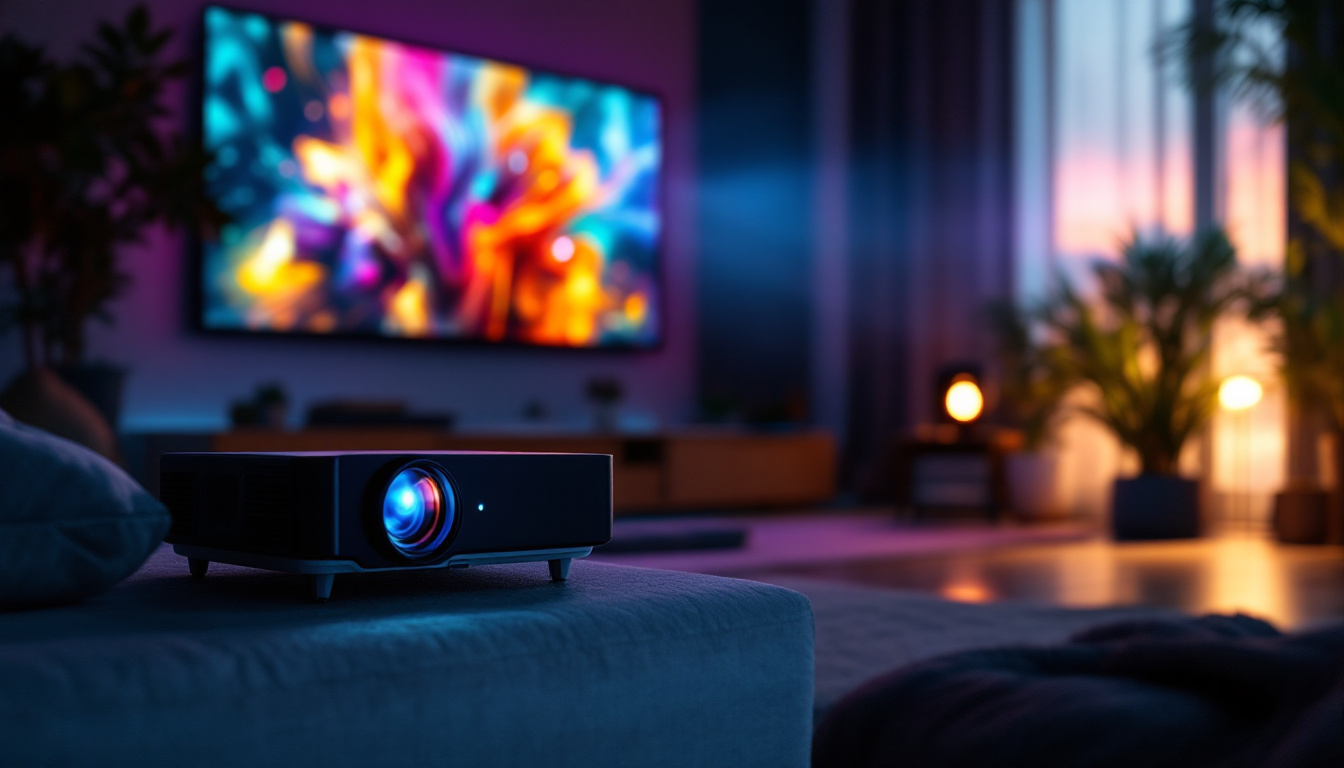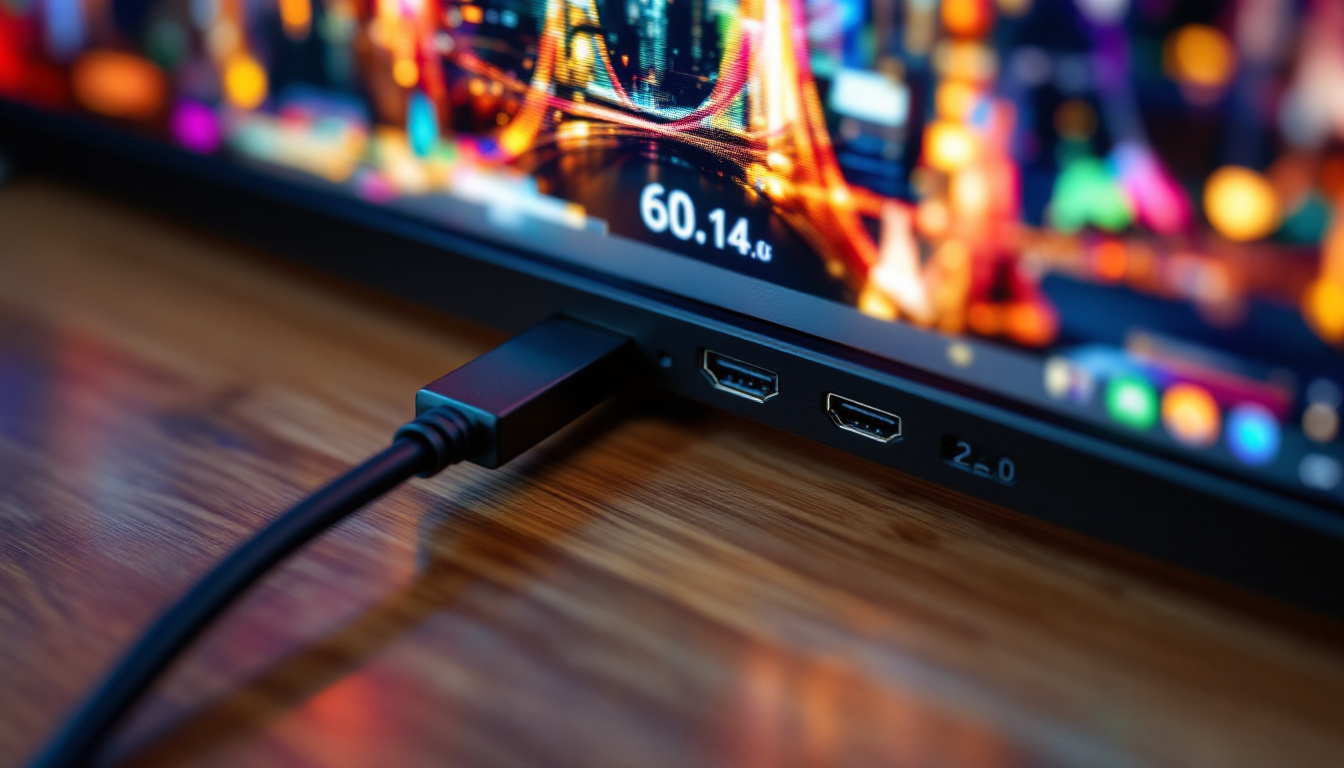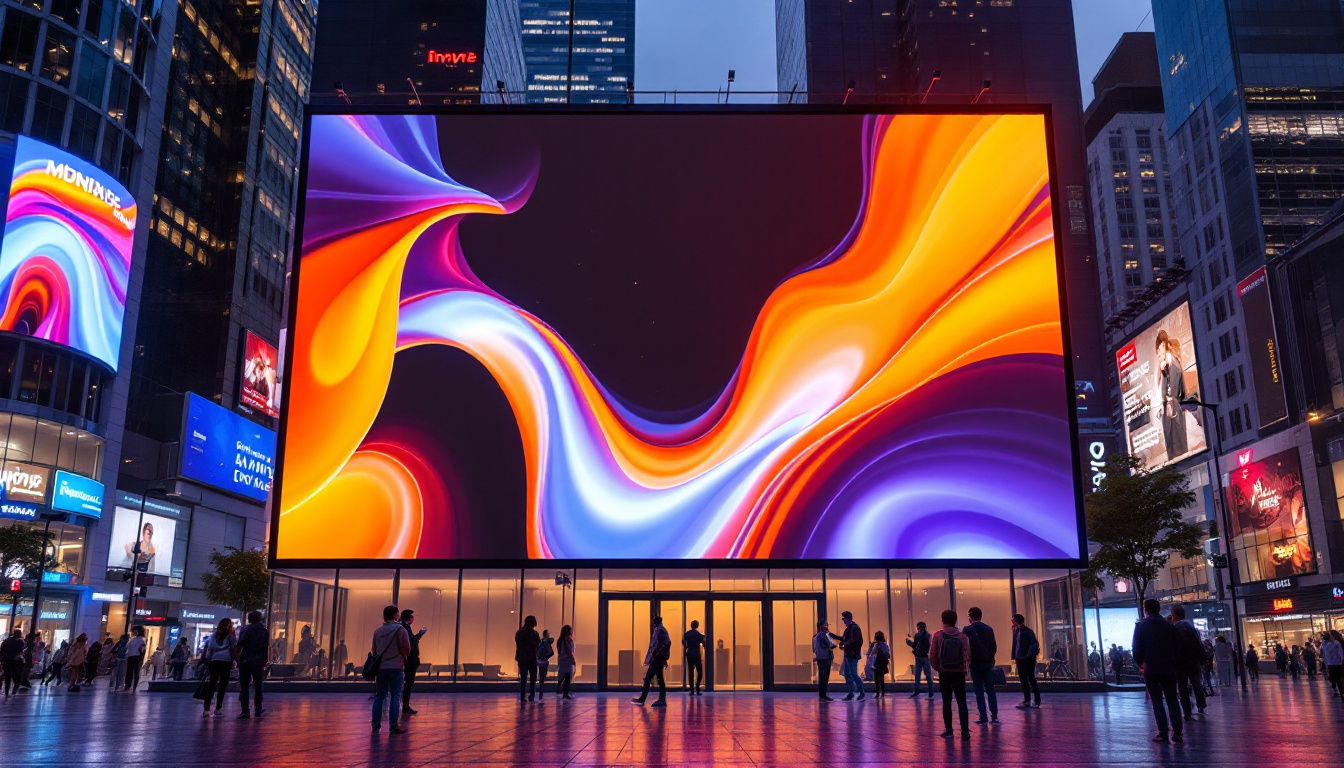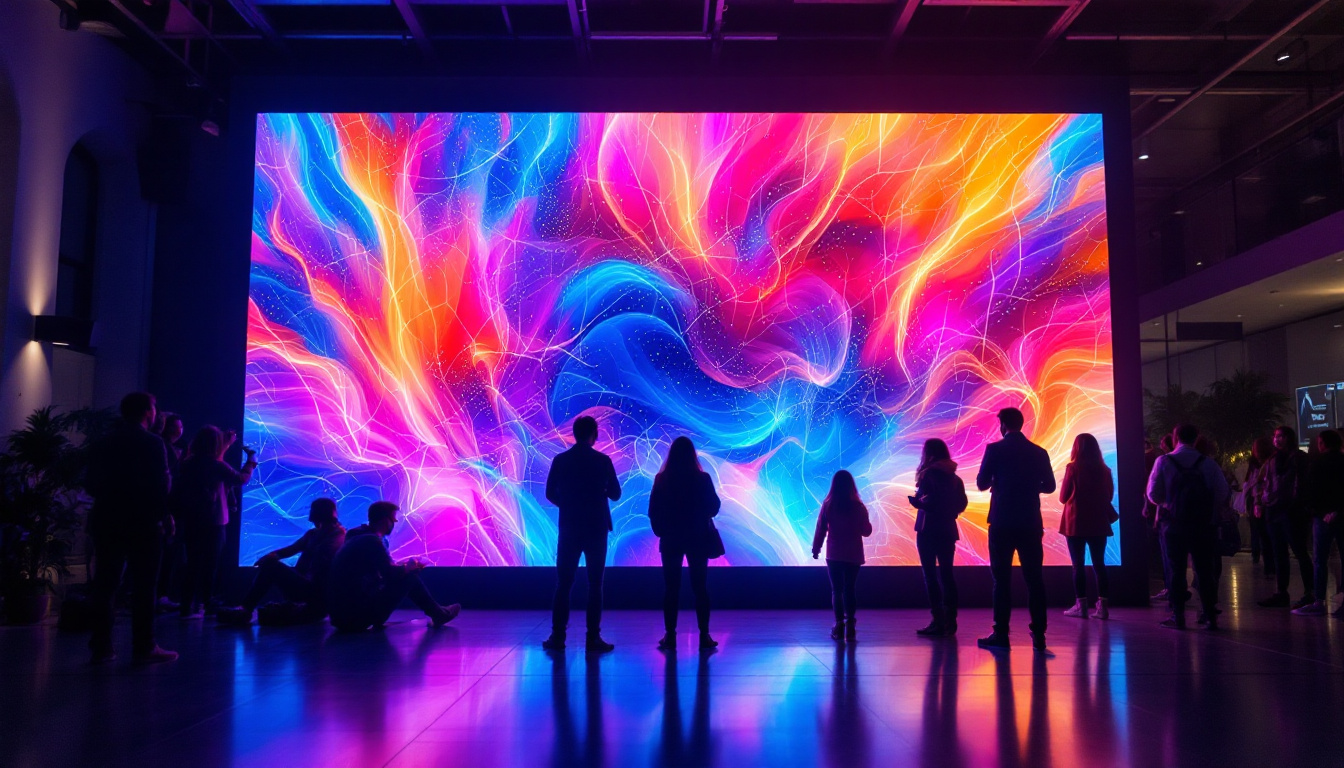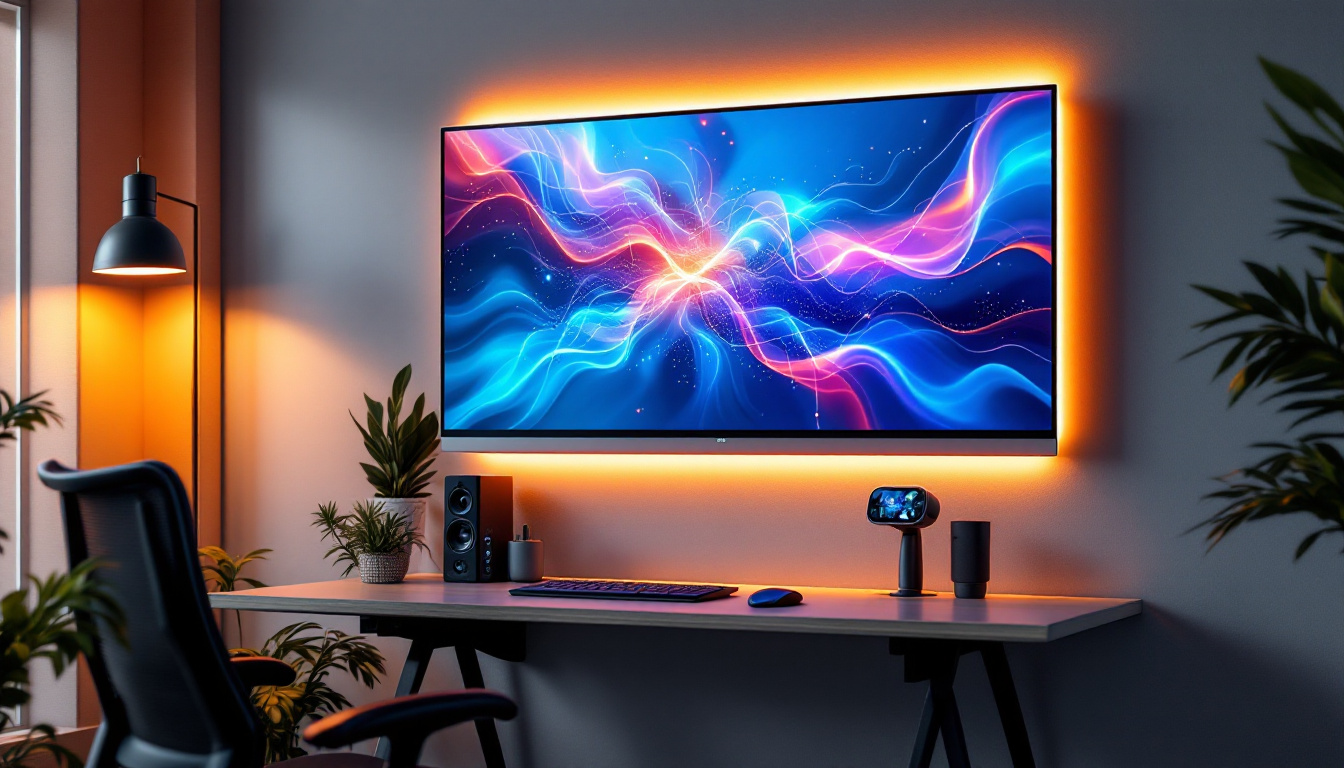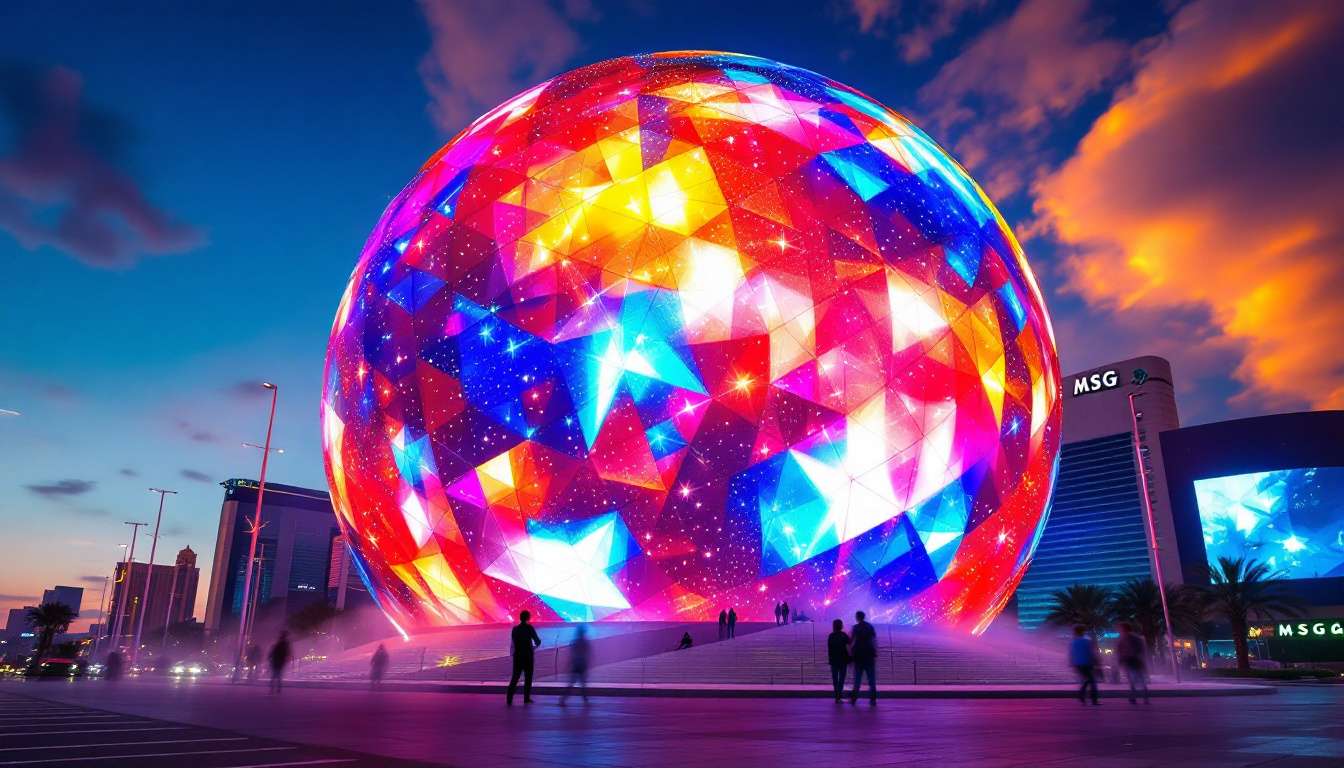Refresh Rate LED TV: LED Display Explained
In the ever-evolving world of television technology, LED displays have emerged as a popular choice among consumers. With their vibrant colors, energy efficiency, and sleek designs, LED TVs have transformed the viewing experience. However, one critical aspect that often goes unnoticed is the refresh rate. Understanding how refresh rate impacts the performance of LED TVs can significantly enhance the viewing experience. This article delves into the intricacies of refresh rates in LED TVs, exploring what they are, how they work, and their importance in modern displays.
What is Refresh Rate?
Refresh rate refers to the number of times per second that a display updates its image. Measured in hertz (Hz), this metric is crucial for determining how smooth and fluid motion appears on the screen. A higher refresh rate means that the image is updated more frequently, which can lead to a more seamless viewing experience. This is particularly important in scenarios where motion clarity is essential, such as gaming, where fast reactions can make all the difference, or in watching high-octane sports events where every frame counts.
Understanding Hertz
The term “hertz” is derived from the name of Heinrich Hertz, a German physicist who made significant contributions to the field of electromagnetism. In the context of displays, one hertz equates to one cycle per second. Thus, a refresh rate of 60 Hz means the screen refreshes 60 times every second, while a 120 Hz refresh rate doubles that frequency. This increase in refresh rate can drastically improve the perception of motion, reducing motion blur and enhancing the overall clarity of fast-moving images. As technology advances, displays with even higher refresh rates, such as 240 Hz or 360 Hz, are becoming more common, particularly in the gaming industry where competitive players seek every possible advantage.
Common Refresh Rates in LED TVs
Most LED TVs on the market today come with refresh rates of 60 Hz, 120 Hz, or even higher. The choice of refresh rate can significantly affect the viewing experience, especially for fast-paced content such as sports or action films. Higher refresh rates, such as 240 Hz, are often marketed as providing smoother motion, but the actual difference may not always be perceivable to the average viewer. Additionally, many modern TVs employ motion interpolation technologies that artificially increase the perceived refresh rate by generating intermediate frames, which can enhance the viewing experience but may also introduce a “soap opera effect” that some viewers find unappealing. This effect can make films appear overly smooth, detracting from the cinematic quality that many filmmakers intend to convey.
Furthermore, the refresh rate can also impact gaming performance. Gamers often prefer monitors with higher refresh rates, such as 144 Hz or 240 Hz, as these can provide a more responsive and immersive experience. The combination of a high refresh rate with a low response time can significantly reduce lag and ghosting, allowing for smoother gameplay and improved accuracy in fast-paced scenarios. As a result, many gaming consoles and PCs are now designed to support these higher refresh rates, making it essential for gamers to consider both their display’s capabilities and their hardware’s output when aiming for the best performance.
How Refresh Rate Affects Viewing Experience
The refresh rate of an LED TV plays a pivotal role in the overall viewing experience. It influences how motion is rendered on the screen, impacting clarity, sharpness, and the viewer’s ability to follow fast-moving scenes. Understanding this impact can help consumers make informed decisions when purchasing a new television.
Motion Blur and Judder
One of the most noticeable effects of a low refresh rate is motion blur. When a screen refreshes slowly, fast-moving objects can appear blurry or ghosted. This is particularly evident in high-speed sports broadcasts or action sequences in films. A higher refresh rate can reduce this motion blur, resulting in a clearer and more enjoyable viewing experience. Additionally, many modern televisions incorporate motion smoothing technologies, which artificially increase the perceived refresh rate. These technologies can enhance the clarity of fast-moving scenes, but they can also introduce a “soap opera effect,” which some viewers find unappealing.
Judder is another phenomenon that can occur at lower refresh rates. This is the uneven motion that can happen when the frame rate of the content does not match the refresh rate of the display. For example, if a film is shot at 24 frames per second and displayed on a 60 Hz TV, the content may not appear as smooth, leading to a jarring viewing experience. This mismatch can be particularly distracting during scenes with rapid camera movements or panning shots. Some advanced TVs offer features like frame interpolation to help mitigate judder, but these solutions can sometimes lead to artifacts that detract from the original cinematic experience.
Gaming and Refresh Rate
For gamers, refresh rate is a critical specification. A higher refresh rate can provide a competitive advantage, allowing players to react more quickly to in-game actions. Many gaming monitors boast refresh rates of 144 Hz or higher, providing a smoother experience compared to traditional TVs. When selecting an LED TV for gaming, it’s essential to consider not only the refresh rate but also the input lag, which can affect real-time responsiveness. Input lag refers to the delay between a player’s action and the corresponding response on the screen, and even a few milliseconds can make a significant difference in fast-paced games.
Moreover, the advent of technologies like Variable Refresh Rate (VRR) and G-Sync has further enhanced the gaming experience by synchronizing the refresh rate of the display with the frame rate output of the gaming console or PC. This synchronization minimizes screen tearing and stuttering, creating a seamless visual experience that is particularly beneficial in competitive gaming environments. As gaming continues to evolve with more immersive graphics and faster frame rates, the importance of refresh rate will only grow, making it a key consideration for both casual and professional gamers alike.
Types of Refresh Rates in LED TVs
While the basic concept of refresh rate is straightforward, various technologies and marketing terms can complicate the landscape. Understanding these different types can help consumers navigate their options more effectively.
Native Refresh Rate vs. Effective Refresh Rate
The native refresh rate is the actual refresh rate at which the display operates. For example, a TV with a native refresh rate of 60 Hz will refresh its image 60 times per second. On the other hand, the effective refresh rate is a marketing term used by manufacturers to describe how the TV enhances motion clarity, often through techniques like motion interpolation or backlight scanning.
Motion interpolation involves the TV creating additional frames between the original frames of content, effectively increasing the perceived refresh rate. While this can improve motion clarity, it may also introduce artifacts or a “soap opera effect,” which some viewers find undesirable. This effect can be particularly pronounced in cinematic content, where the original frame rate is often lower than the enhanced output, leading to an unnatural viewing experience. Consequently, many TVs offer settings to adjust or disable motion interpolation, allowing viewers to customize their experience based on personal preference.
Variable Refresh Rate (VRR)
Variable Refresh Rate (VRR) technology is becoming increasingly popular, especially among gamers. VRR allows the display to adjust its refresh rate in real-time to match the frame rate output of the source device, such as a gaming console or PC. This synchronization can eliminate screen tearing and stuttering, providing a smoother gaming experience. Additionally, VRR can enhance the overall responsiveness of the display, making fast-paced games feel more fluid and immersive.
Moreover, VRR is often supported by advanced gaming technologies such as NVIDIA’s G-SYNC and AMD’s FreeSync, which further optimize performance by dynamically adjusting the refresh rate to match the frame rate of the graphics card. This capability not only enhances gaming but also benefits other fast-moving content, such as sports broadcasts or action films, ensuring that viewers enjoy a seamless and visually engaging experience. As VRR technology continues to evolve, it is likely to become a standard feature in more TVs, appealing to both gamers and casual viewers alike.
Choosing the Right Refresh Rate for Your Needs
When selecting an LED TV, understanding your viewing habits and preferences is crucial. Different types of content and activities may necessitate different refresh rates to ensure optimal performance.
For Movie and TV Show Enthusiasts
For those who primarily watch movies and TV shows, a refresh rate of 60 Hz is often sufficient. Most films are shot at 24 frames per second, which aligns well with a 60 Hz refresh rate. However, if watching sports or action-packed films is a priority, considering a higher refresh rate, such as 120 Hz, may enhance the experience by reducing motion blur.
For Gamers
Gamers should prioritize refresh rates of 120 Hz or higher, especially for competitive gaming. A higher refresh rate can significantly improve responsiveness and clarity, providing a more immersive experience. Additionally, if the gaming console or PC supports VRR, choosing a TV with this feature can further enhance performance by eliminating tearing and stuttering.
Conclusion
In conclusion, the refresh rate of an LED TV is a fundamental aspect that can greatly influence the viewing experience. Understanding the nuances of refresh rates, including their impact on motion clarity and overall performance, is essential for making an informed purchase. Whether watching movies, enjoying sports, or gaming, selecting the right refresh rate can enhance enjoyment and satisfaction.
As technology continues to advance, consumers can expect even more innovations in display technology, including improvements in refresh rates and motion handling. Staying informed about these developments will ensure that viewers can make the most of their LED TVs, creating a captivating and enjoyable viewing experience for years to come.
Discover the Future of LED Displays with LumenMatrix
Ready to elevate your viewing experience with the latest in LED display technology? Look no further than LumenMatrix, a pioneer in crafting immersive visual solutions. From the comfort of your home to the excitement of outdoor events, our diverse range of LED display modules—including Indoor and Outdoor LED Wall Displays, Vehicle LED Displays, and more—ensures that every frame is as captivating as the last. Embrace the future of visual communication and check out LumenMatrix LED Display Solutions today to see how our innovative products can transform your space and engage your audience.









